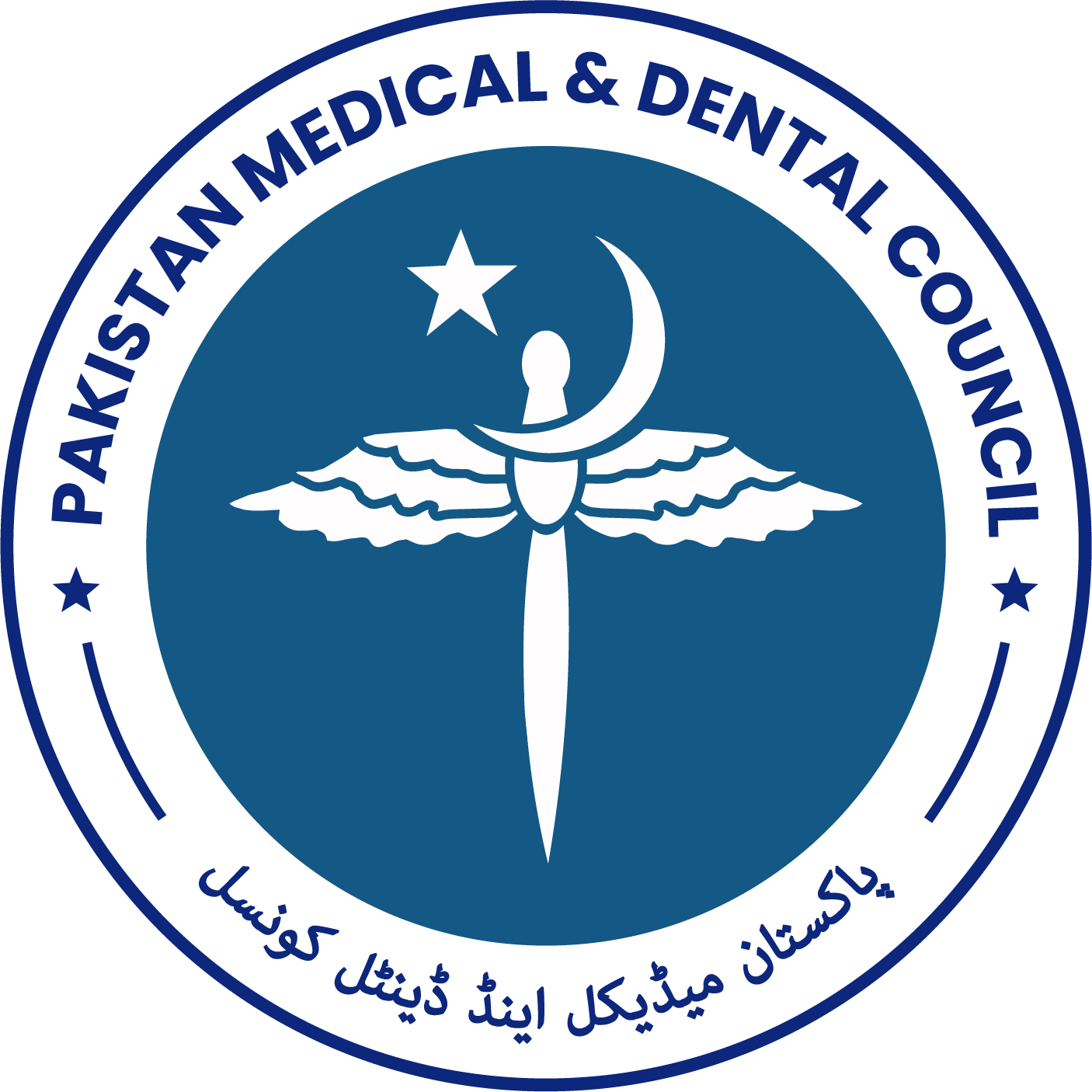Sleep Quality in relation with Perceived Stress and Physical Activity in the Students of Pakistani Medical Colleges
DOI:
https://doi.org/10.53685/jshmdc.v3i1.90Keywords:
Sleep, stress, physical activity, studentsAbstract
Background: Sleep is an essential function of our body. Many surveys have reported the prevalence of poor sleep in university students, especially in medical students.
Objectives: The objective of the study was to evaluate the effect of physical activity and stress on sleep quality among medical students in Pakistan.
Materials & Methods: An observational cross-sectional study was conducted on medical students of private medical colleges in Lahore. A convenient sampling technique was used and 210 students were selected. The Pittsburgh Sleep Quality Index (PSQI), Godin Shephard Leisure Time Physical Activity Questionnaire (GSLTPAQ), and Perceived Stress Scale (PSS 10) were used for data collection. We used SPSS version 20 to analyze data and applied statistical tests: Chi-square test and Logistic Regression. p-value < 0.05 was taken to establish significance.
Results: Among the study participants 91(43.3%) were males and 119 (57.7%) were females. There was a significant effect of stress level on sleep quality (P=0.000*). The frequency of good sleepers was seen to increase by almost three times with increasing physical activity, however, this difference remained non-significant (p=0.07). The logistic regression test showed a significant relationship between poor sleep and stress (p=0. 008**) while no significant relationship was seen between sleep quality and physical activity.
Conclusion: There was a significant association between poor sleep and high-stress levels and an increase in physical activity showed an increase in the frequency of good sleep, however, this difference was non-significant. It can be inferred that this positive effect of increasing physical activity on the quality of sleep could be indirectly due to its relieving effect on stress.
References
Watson NF, Badr MS, Belenky G, Bliwise DL, Buxton OM, Buysse D, et al. The recommended amount of sleep for a healthy adult: A joint consensus statement of the American Academy of Sleep Medicine and Sleep Research Society. J. Clin. Sleep Med. 2015; 38(6): 843-846 doi: 10. 5 664/jcsm.4758 2.
Stranges S, Tigbe W, Gómez-Olivé FX, Thorogood M, Kandala NB. Sleep problems: An emerging global epidemic? Findings from the INDEPTH WHO-SAGE study among more than 40,000 older adults from 8 countries across Africa and Asia. Sleep. 2012; 35(8): 1173-1181 doi: 10.5665 /sleep.2012. DOI: https://doi.org/10.5665/sleep.2012
Zielinski MR, McKenna JT, McCarley RW. Functions and mechanisms of sleep. AIMS Neurosci. 2016; 3(1): 67-104. doi: 10.3934/ Neuroscience.2016. 1.67 DOI: https://doi.org/10.3934/Neuroscience.2016.1.67
Mullington JM, Cunningham TJ, Haack M, Yang H. Causes and consequences of chronic sleep deficiency and the role of orexin. Front Neurol Neurosci. 2021; 45: 128-138. doi: 10.11 59/000514956. DOI: https://doi.org/10.1159/000514956
Surani AA, Zahid S, Surani A, Ali S, Mubeen M, Khan RH. Sleep quality among medical students of Karachi, Pakistan. J Pak Med Assoc. 2015;65(4): 380-382
Baglioni C, Nanovska S, Regen W, Spiegelhalder K, Feige B, Nissen C, et al. Sleep and mental disorders: A meta-analysis of polysomnographic research. Psychol Bull. 2016; 142(9): 969-990. doi: 10.1037/bul000 0053 DOI: https://doi.org/10.1037/bul0000053
Waqas A, Khan S, Sharif W, Khalid U, Ali A. Association of academic stress with sleeping difficulties in medical students of a Pakistani medical school: A cross-sectional survey. Peer J. 2015; 2015(3): 111 doi:10.7717/pee rj.840 DOI: https://doi.org/10.7717/peerj.840
Bortz WM 2nd. The disuse syndrome. West J Med. 1984; 141(5) 691-694. https://pubmed. ncbi.nlm.nih.gov/6516349/
Saeed SA, Antonacci DJ, Bloch RM. Exercise, yoga, and meditation for depressive and anxiety disorders. Am Fam Physician. 2010; 81(8): 981-986
Vankim NA, Nelson TF. Vigorous physical activity, mental health, perceived stress, and socializing among college students. Am J Heal Promot. 2013; 28(1): 7-15. doi: 10.4278/ajhp.1 11101-QUAN395. DOI: https://doi.org/10.4278/ajhp.111101-QUAN-395
Amireault S, Godin G. The GodinShephard leisure-time physical activity questionnaire: validity evidence supporting its use for classifying healthy adults into active and insufficiently active categories. Perceptual and Motor Skills. 2015; 120(2): 604-622. doi: 10.2466/03.27.PMS.120v19x7. DOI: https://doi.org/10.2466/03.27.PMS.120v19x7
Backhaus J, Junghanns K, Broocks A, Riemann D, Hohagen F. Test-retest reliability and validity of the Pittsburgh Sleep Quality Index in primary insomnia. Journal of psychosomatic research. 2002; 53(3): 737-740. doi:10.1016/s0022-3999 (02)00330-6. DOI: https://doi.org/10.1016/S0022-3999(02)00330-6
Cohen S, Kamarck T, Mermelstein R. A global measure of perceived stress. J Health Soc Behav. 1983; 24(4): 385-396. https://doi.org/10.2307/ 2136404 DOI: https://doi.org/10.2307/2136404
Webb E, Ashton CH, Kelly P, Kamali F. Alcohol and drug use in UK university students. Lancet (London, England). 1996; 348(9032): 922-925. doi: 10.1016/s0140-6736(96)03410-1. DOI: https://doi.org/10.1016/S0140-6736(96)03410-1
Tsai LL, Li SP. Sleep patterns in college students: gender and grade differences. J Psychosom Res. 2004; 56(2): 231-237. doi: 10.1 016/S0022-3999(03)00507-5 DOI: https://doi.org/10.1016/S0022-3999(03)00507-5
Ghrouz AK, Noohu MM, Manzar MD, Spence DW, BaHammam AS, PandiPerumal SR. Physical activity and sleep quality in relation to mental health among college students. Sleep Breath. 2019; 23(2): 627-634. doi: 10.1007/s11 325019-01780-z. DOI: https://doi.org/10.1007/s11325-019-01780-z
Blanco C, Okuda M, Wright C, Hasin DS, Grant BF, Liu SM, et al. Mental health of college students and their non-college attending peers: results from the National Epidemiologic Study on Alcohol and Related Conditions. Arch Gen Psychiatry. 2008; 65(12): 1429-1437.doi:10.100 1/archpsyc.65.12.1 429. DOI: https://doi.org/10.1001/archpsyc.65.12.1429
Lund HG, Reider BD, Whiting AB, Prichard JR. Sleep patterns and predictors of disturbed sleep in a large population of college students. J Adolesc Heal. 2010; 46(2010): 124-132. doi:10. 1016/j.jadohe alth.2009.06.016. DOI: https://doi.org/10.1016/j.jadohealth.2009.06.016
Brand S, Kalak N, Gerber M, Kirov R, Pühse U, Holsboer-Trachsler E. High self-perceived exercise exertion before bedtime is associated with greater objectively assessed sleep efficiency. Sleep Med. 2014; 15(9): 1031-1036. doi: 10.1016/ j.sl eep.2014.05.016 DOI: https://doi.org/10.1016/j.sleep.2014.05.016
Merom D, Phongsavan P, Wagner R, et al. Promoting walking as an adjunct intervention to group cognitive behavioral therapy for anxiety disorders pilot group randomized trial. J Anxiety Disord. 2008; 22(6): 959-968. doi: 10.1016/j.janxdis.2007 .09.010. DOI: https://doi.org/10.1016/j.janxdis.2007.09.010
Gerber M, Pühse U. Review article: do exercise and fitness protect against stress-induced health complaints? A review of the literature. Scand J Public Health. 2009; 37(8): 801-819.doi:10.117 7/140349 48093 50522. DOI: https://doi.org/10.1177/1403494809350522
Tsatsoulis A, Fountoulakis S. The protective role of exercise on stress system dysregulation and comorbidities. Ann N Y Acad Sci. 2006; 1083: 196-213. doi: 10.119 6/annals.1367.020. DOI: https://doi.org/10.1196/annals.1367.020
Wunsch K, Kasten N, Fuchs R. The effect of physical activity on sleep quality, wellbeing, and affect in academic stress periods. Nat Sci Sleep. 2017; 9: 117-126. doi: 10.2147/ NSS.S132078 DOI: https://doi.org/10.2147/NSS.S132078
Downloads
Published
How to Cite
Issue
Section
License
Copyright (c) 2022 Mobeen Farooqi, Subhah Jalil Rehman, Natalya Zaib Ahsan, Muhammad Fahad Malik, Huma Ashraf , Joham Mahmood Mirza

This work is licensed under a Creative Commons Attribution-NonCommercial 4.0 International License.
You are free to:
- Share — copy and redistribute the material in any medium or format
- Adapt — remix, transform, and build upon the material
- The licensor cannot revoke these freedoms as long as you follow the license terms.
Under the following terms:
-
Attribution — You must give appropriate credit, provide a link to the license, and indicate if changes were made. You may do so in any reasonable manner, but not in any way that suggests the licensor endorses you or your use.
-
Non Commercial — You may not use the material for commercial purposes.
-
No additional restrictions — You may not apply legal terms or technological measures that legally restrict others from doing anything the license permits.




















